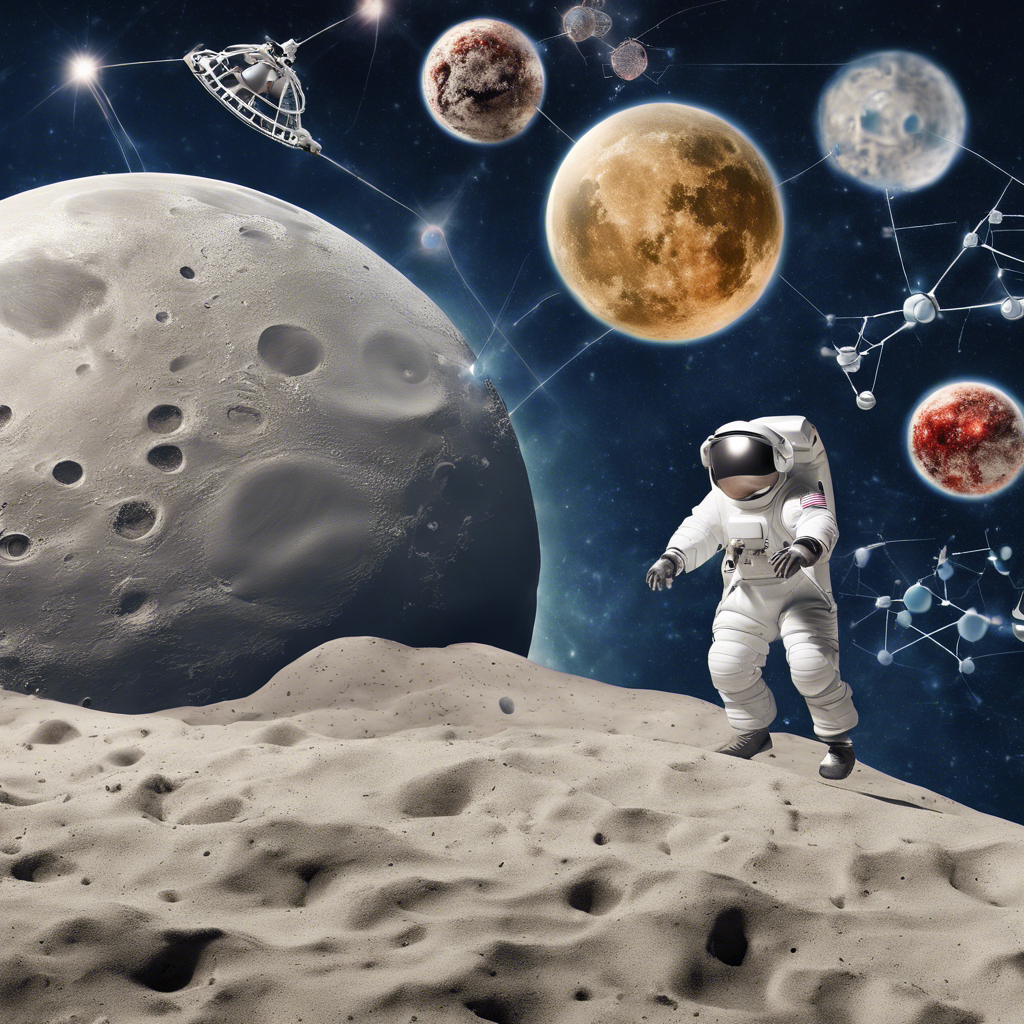NASA’s EMIT Mission Unveils First Comprehensive Map of Earth’s Minerals

The Earth Surface Mineral Dust Source Investigation (EMIT) mission has provided scientists with a groundbreaking map of minerals found in dust source regions across the globe.
NASA’s EMIT mission has achieved a major milestone by creating the first-ever comprehensive map of minerals located in Earth’s dust source regions. Using data collected by an imaging spectrometer on the International Space Station (ISS), the map showcases the precise locations of 10 important minerals based on their light reflection and absorption properties. This breakthrough will enable scientists to better understand the distribution and abundance of these minerals, as well as their potential climate effects. As the world grapples with the worsening climate crisis, the EMIT map offers new insights that could lead to improved climate models and a deeper understanding of the Earth’s ecosystems.
Unveiling the Big Picture of Climate Science
EMIT’s unique vantage point in low-Earth orbit allows it to analyze areas that are inaccessible to ground-based geologists and even some aircraft-based instruments. Over the course of approximately 17 months, EMIT captured around 55,000 high-resolution images of Earth, covering a targeted area of study. These images include a 6,900-mile-wide belt across Earth’s midsection, which is home to dusty and arid regions. By creating detailed maps of the surface composition in these regions, EMIT provides scientists with a wealth of data that was previously unavailable.
In addition to mapping minerals, EMIT has also been able to detect plumes of greenhouse gases, such as methane and carbon dioxide, emanating from human-made infrastructure like landfills and oil facilities. This capability allows scientists to track the movement and impact of dust particles in Earth’s atmosphere, providing valuable insights into their colors and their ability to reflect or absorb light. With billions of samples and greater detail than ever before, EMIT’s data will greatly enhance climate models and our understanding of aerosols’ heat absorption and reflection.
Beyond Climate: Measuring Ecosystem Impacts
EMIT’s impact extends beyond climate science. The mission’s data can be used to analyze the effects of wind-carried dust on various ecosystems. When dust particles land in the ocean, they can stimulate the growth of phytoplankton blooms. While these blooms have some benefits, they can also lead to the accumulation of toxins in ocean ecosystems, harming marine species and potentially affecting humans through the food chain. EMIT’s data will help scientists better understand the distribution and impact of these dust particles on ecosystems.
On the other hand, wind-swept dust can also have positive impacts. For example, dust from the Andes in South America can bring vital nutrients to northern and sub-Saharan Africa, supporting the growth of rainforests in the Amazon Basin. EMIT’s data will enable scientists to track the distribution of essential elements like phosphorus, calcium, and potassium, which are crucial for this fertilization process. By understanding the movement of these nutrients over long distances, researchers can gain insights into the chemistry of soils in regions far from their dust sources.
Conclusion:
NASA’s EMIT mission has revolutionized our understanding of Earth’s mineral distribution and its impact on climate and ecosystems. The comprehensive map of minerals in dust source regions provides scientists with invaluable data to improve climate models and study the movement of dust particles in Earth’s atmosphere. Furthermore, EMIT’s findings have implications for understanding the effects of dust on ecosystems, including both the positive contributions and the potential harm caused by toxins. As scientists delve further into the EMIT data, new discoveries and applications are sure to emerge, ushering in a new era of scientific understanding and exploration.





